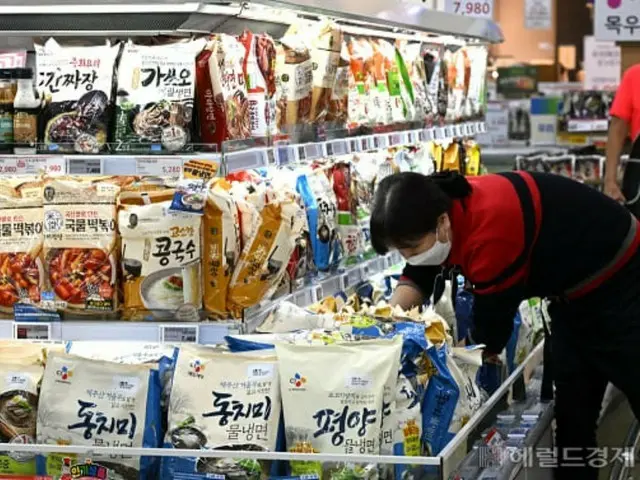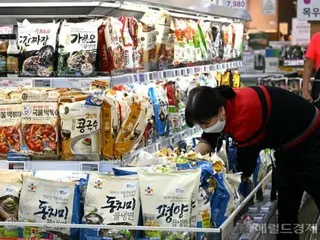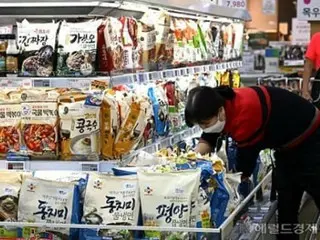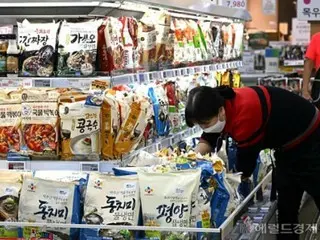Post-pandemic, products will be sold more frequently than before in response to cost pressures, etc.
This means that they led the rise in prices by raising prices. The Bank of Korea made this clear on the 11th through its ``Characteristics and Impact of Changes in the Form of Domestic Corporate Price Adjustments after the Pandemic.''
I made it. According to the report, as a result of investigating the frequency of price adjustments by domestic companies based on the price data of daily necessities from the Korea Consumer Affairs Agency, it was found that the frequency of price adjustments by domestic companies will increase from an average monthly average of 11.0% from 2018 to 2021 to 2022 to 2022.
In the third year, it rose to 15.6%. Price adjustment frequency refers to the percentage of times a company actually raises or lowers prices out of the price adjustment opportunities during the period.
When this frequency is converted into a period, the average product price maintenance period has been shortened from approximately 9.1 months to 6.4 months. It was 2017 before the coronavirus outbreak.
If we were to raise prices about 1.3 times, that means we have raised prices about 2 times a year after the pandemic. When raising prices, the average price increase rate is 20-25%, and the price decrease rate is 15-20% before the pandemic.
There was no big difference compared to The daily necessities whose prices are increasing at a high rate before and after the coronavirus outbreak mainly include seasonings, edible oils and fats, and processed livestock and marine products, which have a large proportion of imported raw materials, resulting in cost pressure.
It was an item that received a lot of power. Furthermore, when analyzing the relationship between the inflation level and changes in the frequency of corporate price increases, it is found that when the price increase rate is as high as 4% to 5%, the same cost shocks (crude oil price, grain price
It was also confirmed that the frequency of price increases has increased, and that shocks are rapidly reflected in prices. Lee Dong-jae, manager of the Bank of Korea's price trend team, said, ``In the future, when determining the price situation, we will focus on corporate prices.''
It is necessary to continuously check whether the rate adjustment pattern returns to past levels."
2024/03/11 21:10 KST
Copyrights(C) Herald wowkorea.jp 83




